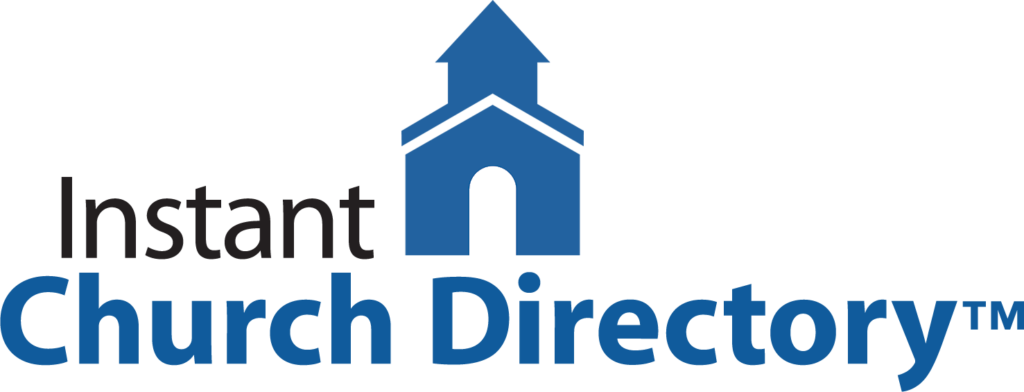By Jennifer Grisham
None of us can really predict what the next phase of the pandemic will look like, but it’s a pretty safe bet that this fall and winter will look differently than planned. While it seems like a repeat of last year’s lockdown is unlikely, churches will need to plan fall and winter activities in a way that lets them pivot quickly if (when?) in-person events aren’t an option.
The holidays are a few months away—which, apart from an invitation to a minor freakout, is a reminder to get your processes and plans nailed down now so you’re not scrambling more than usual on Christmas Eve.
Rather than throw you a chunky to-do list, I’ll list out the five things I would do now as a church leader to avoid getting unexpected (and unwelcome) surprises this fall.
- Create a communication home base.
Really—centralizing group communication is the first thing I would do.
For many churches, the problem isn’t that there’s no communication online—it’s that your congregation can hear from you in far too many ways. One church I attended used five separate, disconnected platforms to relay information, and each of them had different info. It’s no wonder I never knew where to go to find updates from the church or my small group! On top of that, I had to download two new apps: their church app and a texting app one of their small groups used. I always felt like I was missing something (and I almost always was).
Quick changes due to the pandemic resulted in people’s inboxes (and social feeds) getting bombarded with announcements—from work, schools, and their favorite local eateries. At some point, it’s all noise and it drowns out the updates people actually care about. That’s why you’ll need to be prepared with a church communication home base that can keep people up to date without demanding a spin on the copy+paste hamster wheel.
An added benefit to putting your group communication in one place is that people will be able to adapt more easily when they need to. It’s one less change your congregation will have to make.
- Set up online pathways for visitors.
Whether your church has welcomed a lot of or a few guests since the pandemic began, you should plan to keep bringing people in, particularly during the fall season. You may not see the typical post-Labor Day spike in attendance (or maybe you will!), but people will continue to check out your church online.
Your church website especially should show visitors that there’s a place for them at your church, even if they aren’t ready or able to attend in person.
In the past, I’ve built out a page titled “New Here?” with information about our services and kids’ classes, along with a welcome message from our pastor. If I were building the same page today, I’d embed a connection card and map of small groups, include a personal email for a staff member, and list upcoming events (online and in person) that they may be interested in.
On the other side of that connection card, I recommend building out a short email welcome sequence that gives people a gentle orientation of your church’s mission and ways they can get involved when they’re ready.
People won’t want to take every step immediately, but you can let them know you’re ready to welcome them. A visitor-specific spot on your website becomes a landmark for people when they’re ready to jump in.
- Establish rhythms of checking in on people.
Sometimes, the people who need the most help are the least likely to ask for it. Sure, it’s not true all the time, but it’s a good reason to set regular patterns of checking in with people who call your church home.
Consider this: if you’re checking in on a quarterly basis, reaching out to five people a week would have you in touch with 65 people per quarter. Three people a week would connect you to 39 people per quarter. Ten people a week would have you at 130 per quarter.
In the past, my church would go through our membership roster quarterly, and we’d divvy up contacting certain people (particularly anyone we thought might be falling through the cracks). Today, I’d suggest reaching out to everyone—spreading the work across your entire leadership team so that it’s doable in the allotted time.
No matter what rotation or setup you’re using, your people will be happy to hear from you—even happier than when they get a new DoorDash discount in their email inbox.
- Provide digital resources to help everyone grow in their faith.
As we enter the fall season, people will probably start joking again that they’ve watched everything on Netflix. After all, when the weather’s icky and people can’t camp out at a park or coffee shop, it stands to reason that they’re probably staying home—and probably planted in front of a screen.
You can encourage your people to redeem the screen time by giving them books, courses, movies, and kids’ shows that encourage them in their faith.
Instead of just unlocking content for them, I’d curate lists of family-friendly movies, start online book clubs, or even build Bible study challenges for people who want to develop better habits. Whatever you do, give your congregation connection points and ideas for ways to use the content in everyday life.
- Survey your congregation on what serves them best.
A few weeks ago, a church in my community sent an email asking me to fill out a survey. It was anonymous, around 10 questions, and asked things like “Are you planning to return to in-person services?” and “How can we care for you right now?” and “How are you doing in your relationship with God?”
Ask your own questions, but affirm your focus on the people in the pews. Surveying your congregation is a small way to show them you’re listening. Plus, it’s helpful to know where your people are spiritually and emotionally as you’re making tough decisions.
You shouldn’t have to feel stuck in the never-ending cycle of administrative duties that distract you from your congregation and community.
Jennifer Grisham is a writer for Faithlife, makers of Logos Bible Software and more tools for churches, www.faithlife.com. Faithlife Equip, part of the world’s first integrated ministry platform, includes everything you need for effective ministry—and it automates many of the tasks that suck your time.










